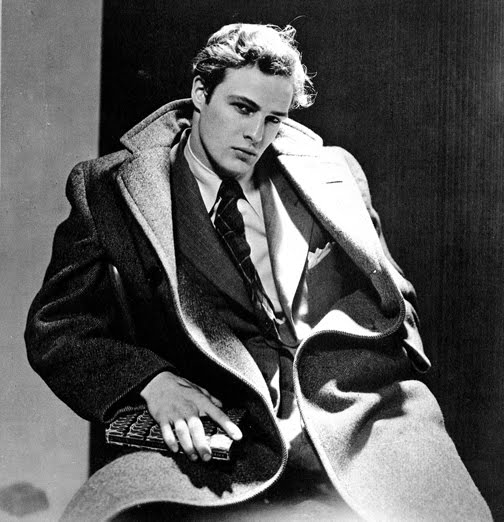 |
| Remedios Varo. Harmony (Self Portrait). 1956 |
Breton's manifesto states that, "hallucinations, illusions, etc., are not a source of trifling pleasure. The best controlled sensuality partakes of it." It continues, "The realistic attitude, inspired by positivism, from Saint Thomas Aquinas to Anatole France, clearly seems to me to be hostile to any intellectual or moral advancement. I loathe it, for it is made up of mediocrity, hate, and dull conceit."
Under the heading, "SECRETS OF THE MAGICAL SURREALIST ART," Breton evokes the hashish-taking poet Charles Baudelaire:
"Surrealism does not allow those who devote themselves to it to forsake it whenever they like. There is every reason to believe that it acts on the mind very much as drugs do; like drugs, it creates a certain state of need and can push man to frightful revolts. It also is, if you like, an artificial paradise, and the taste one has for it derives from Baudelaire’s criticism for the same reason as the others.
"Thus the analysis of the mysterious effects and special pleasures it can produce -- in many respects Surrealism occurs as a new vice which does not necessarily seem to be restricted to the happy few; like hashish, it has the ability to satisfy all manner of tastes -- such an analysis has to be included in the present study. It is true of Surrealist images as it is of opium images that man does not evoke them; rather they 'come to him spontaneously, despotically. He cannot chase them away; for the will is powerless now and no longer controls the faculties.' (Baudelaire.)"





